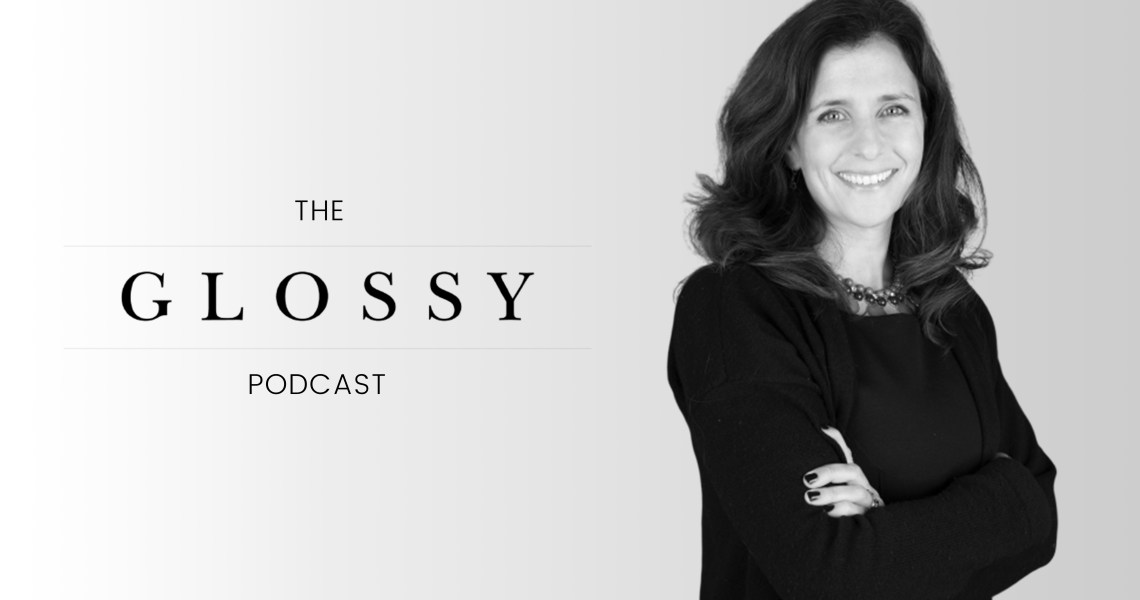Subscribe: iTunes | Stitcher | Google Play |Spotify
Kerry Cooper knows how to build a brand.
From managing global e-commerce at Walmart to scaling the marketing and operations at ModCloth, Cooper has spent a sizable portion of her career working with brands to grow and adapt to the changing retail landscape.
In her latest role as the president and COO of 7-year-old footwear brand Rothy’s, Cooper has entered into the Wild West of direct-to-consumer brands. The biggest difference, she said, is the sense of accountability.
“It’s really different — going from Fortune 100 to anything [else] is small,” said Cooper. “At Walmart, you have 150 million people going through the store every week. You have such reach, and you can build billion-dollar brands and businesses quickly. There are a lot of constraints and there’s a lot less of a feeling of ownership, because, in order to get anything done, you have to get so many different entities engaged and involved in following you. Whereas at a startup, it’s yours. The work there is very different It’s less about influence and more about strategy: Where do we want to go, and how do we get it done?”
On this week’s episode of The Glossy Podcast, Cooper discusses her transition into the startup world, the benefits of Rothy’s owning the entire supply chain, and the evolving relationship between brands and consumers. Edited highlights below.
Ad position: web_incontent_pos1
Owning the supply chain
“It’s kind of unheard of in the footwear industry to own your own factory. There’s just the land of contract manufacturing. [Co-founder] Roth [Martin] spent almost two years going back-and-forth to China, trying to figure out how to make this work and how to make 3D knitting happen — we’re using sweater machines to make shoes, so how do we get the knit to happen the right way? We started with two machines, and now we’re at 150 that are running 22 hours per day, so watching that scale has been fantastic. We started in the corner of the factory, and now we have six floors totaling 150,000 square feet, with 450 employees. So that ability to balance supply and demand gives us so much more flexibility, because as supply grows, we can make demand grow. We’re not trying to make bets too far in advance or miss out on things, either. When you’re using contract manufacturing, you add this extra lead time for how long it takes to get items back in stock, and if you want to adjust the fit, it’s a much longer process. As we’re doing product development, we can iterate every day until we get something we like, and we can do a lot more testing and learning. That kind of focus on, ‘How do we keep building, and getting better and smarter about it,’ is something you only have when you control yourself, versus having to ask that of someone else. As a brand, you can’t push as much as you want to if you don’t own it.”
The relationship between brand and customer
“It’s such an interesting time to think about what a brand is. We have this incredibly vocal customer base that tells us every day what they like and don’t like, and bombards our customer service with what they want to see. They feel like they own the brand, and we’re so blessed to have that. Sometimes you have your ‘Okay, I hear you’ moments, but at the same time, we’re so blessed to have this person that’s so passionate and thinks they can make a difference with the brand. I love that sense of ownership, where it’s not just me telling you what you want, it’s our customers feeling they love the product and want to tell everyone about it, and they want to tell us about it. That’s what drives word-of-mouth. If you look at what a great brand does, it’s not trying to figure out how much stuff you can fit on a shelf, which is how brands were built before the growth of DTC. We don’t have to be aiming at the middle, where you think you know who your customer is. We know who she is, and are want to service her well.”


